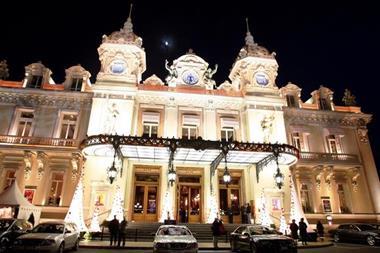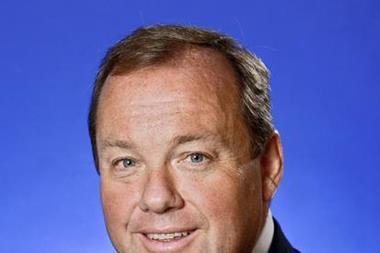We bring you a round-up of the talk, or lack of, at the Monte Carlo meet
This year, the Reinsurance Rendez-Vous in Monte Carlo was more about what’s not happening than what is. While the cafes and bars of Monaco usually buzz with takeover rumours and big talk on rates, this year rumours were thin on the ground.
Excess capital was at the forefront of everyone’s minds. With too much capacity in the market, rates continue to soften, and further downwards pressure is predicted for the January renewals. Couple this with low interest rates, and reinsurers have got a fight on their hands.
As primary insurers seek growth in a soft market, they are generally carrying more of their own risk and thus taking out less reinsurance. However, where they are taking out reinsurance, they can expect to pay less and get more next year. Swiss Re was candid about it: “negotiation will prevail”, chief underwriting officer Brian Grey told delegates.
This in turn will affect rates in the primary market. With no pressure from reinsurers to hike prices, the soft market can be expected to linger across most lines well into the new year.
The $40bn question
What would it take to turn the market? Many people were asked that question in Monte Carlo – and none had an answer. The sophistication of new modelling technologies means that surprises are few and far between – and even a major loss or series of losses can be sustained without rate rises when it has been anticipated in pricing and reserves, as the first half of this year has shown.
$40bn is the figure that is now bandied about as a market-changing loss: it will come but, by its very nature, no one can predict when.
In the meantime, reinsurers will continue to look for ways of deploying their excess capital without further depressing prices. Guy Carpenter was keen to suggest these should include seeking new markets and continuing to develop forms of alternative risk transfer, such as cat bonds.
Going cheap
This will have little impact on the primary market. Insurers may need to worry if reinsurers try to move onto their turf in search of growth, or if they merge to appease shareholders, thus reducing the markets available. However, with most reinsurers trading firmly below book, the latter is looking unlikely.
In summary, this year’s Monte Carlo held good and bad news for the primary market. Reinsurance will continue to be cheap – but there’s no hard market on the horizon. Not until that $40bn loss, anyhow.




































